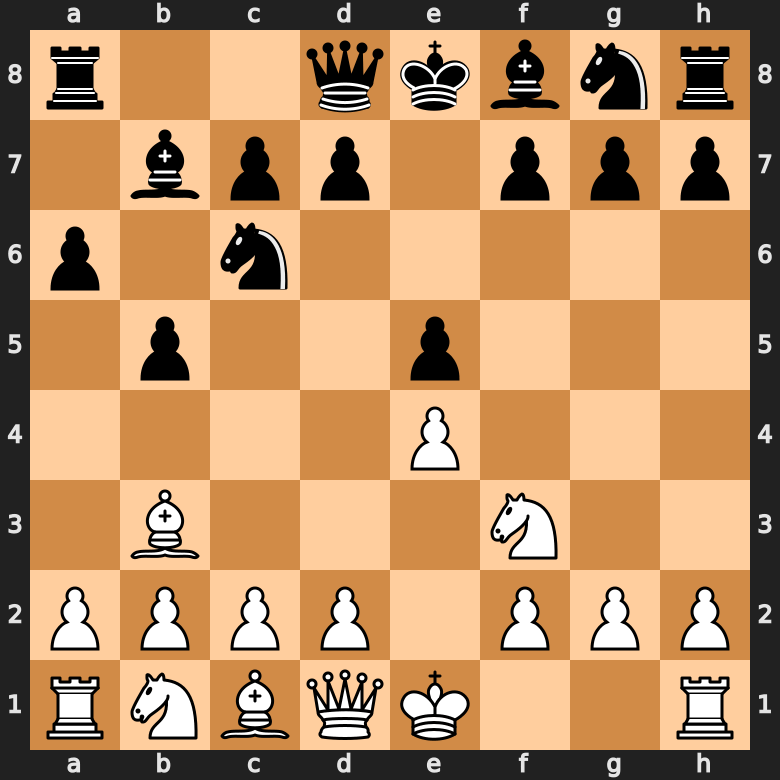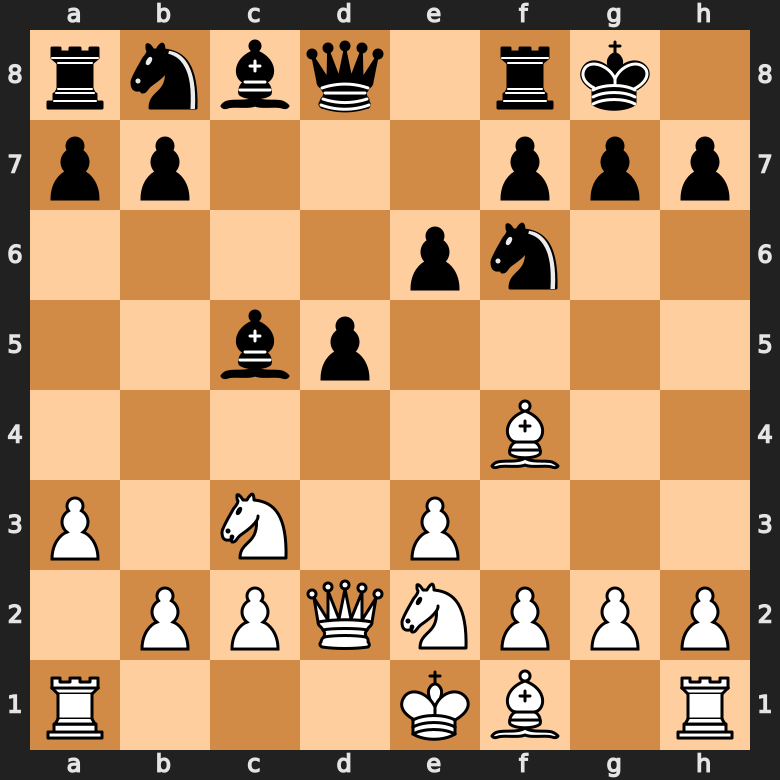Castling in Chess: Everything You Need to Know
Castling is one of three special moves in chess, besides the pawn promotion and capturing en passant. Castling is known as a “double move” in chess, in which a player moves both the king and rook simultaneously.
Castling Rules Explained
The castling rules might seem a bit overwhelming at first, but don’t worry. We’ll break them down into really easy-to-understand concepts. Firstly, let’s look at what requirements need to be met for a player to even be allowed to castle:
- The king and (castling) rook have not yet moved in the game
- The king is not currently in check
- No square the king would castle through is under attack
- The squares between king and rook are unoccupied
If all those preconditions are met, you are free to castle your rook and king! But how exactly do we do that?
- The king moves two squares towards the rook
- The rook jumps over the king and gets placed directly next to it
Since there are two rooks, we have to different ways to castle: short and long – or “kingside” and “queenside“. Let’s examine each variant in detail.
Castling Short: Explained
A short – or kingside – castle is done together by the king and the rook on the h-file. It is called the kingside (or short) castle, as the king castles together with the rook that is closer to him.

Castling Long: Explained
A long – or queenside – castle is performed by the king together with the rook on the a-file. Since there are three squares between rook and king, it is unsurprising, that this variant is called the long castle.
From the perspective of White, the king stands on e1 and the rook on a1. The king is moved two squares towards the rook, ending up on c1. Now the rook jumps over the king and lands right next to his king on d1. That is the queenside castle complete:

Why Should You Castle?
We learned the castling rules and the two different types of castling. But one key question remains: What benefits does castling even entail – why should you even castle?
Castling the king and rook provides mainly two benefits:
- Protection of the king
- Activation of the rook
Let’s look at both aspects in detail.
How Castling Protects the King
When castling, the king moves to either side of the board behind a (hopefully mostly) intact chain of pawns.
Generally, the center of the board is more active. That means strong pieces reach their full potential while being centered, whereas the king (as a rather immovable and vulnerable piece) is exposed. Moving him to the outside provides a safe haven for the king, being protected by the pawns in front.
Castling to Activate the Rook
Similarly, we usually want to have strong pieces, like the rook, centered. By castling we fast-track the development of the rook by placing it near the center. Intuitively, the more centralised a long-range piece like the rook, queen or bishop is, the more squares it controls. That is the exact reason castling can also be considered an offensive move, in a sense. While you do protect your king, you also activate a rook by placing it near the center of the board.
Manual Castling
Sometimes it is unavoidable to move your king early in the game, thus losing the right to castle. In this case, it can still be beneficial to perform a so-called “manual castle”, by first activating the rook and then – move by move – placing the king behind a wall of pawns for protection. However, it is always advisable to castle normally, as a manual castle loses valuable time that could be spent improving pieces.
Why does Castling even Exist?
It doesn’t really fit in with the other moves in chess. It is the only move in which two pieces can move at the same time, with them even jumping over each other. So why exactly does castling exist?
Well, that question does not have an uncontested answer, unfortunately. What we do know is that the castling rule has its origins in the so-called kings leap, a rule that allowed the king to move once like a knight or two squares for its first move. This way, the king could get to safety quickly in a form similar to a manual castle today. The version of castling rules we know today was established in France in 1620 and in England in 1640.
Frequently Asked Questions About Castling
- Is Castling A Legal Move?Yes, as long as all four rules of castling are met, it is a perfectly legal move.
- Can You Castle Out Of Check?No, you cannot castle your way out of check. As long as your king is attacked, you don't have the right to castle.
- How Many Times Are You Allowed To Castle?You are only allowed to castle once. Since one rule of castling states, that the king and rook must not have moved, castling a second time is impossible.
- Can You Castle Vertically?No, castling vertically is not allowed. You can only castle horizontally, together with king and rook.
- Why Does Castling Exist in Chess?The answer to that question is contested. However, the main purpose of castling is to bring your king to safety while simultaneously activating your rook.

